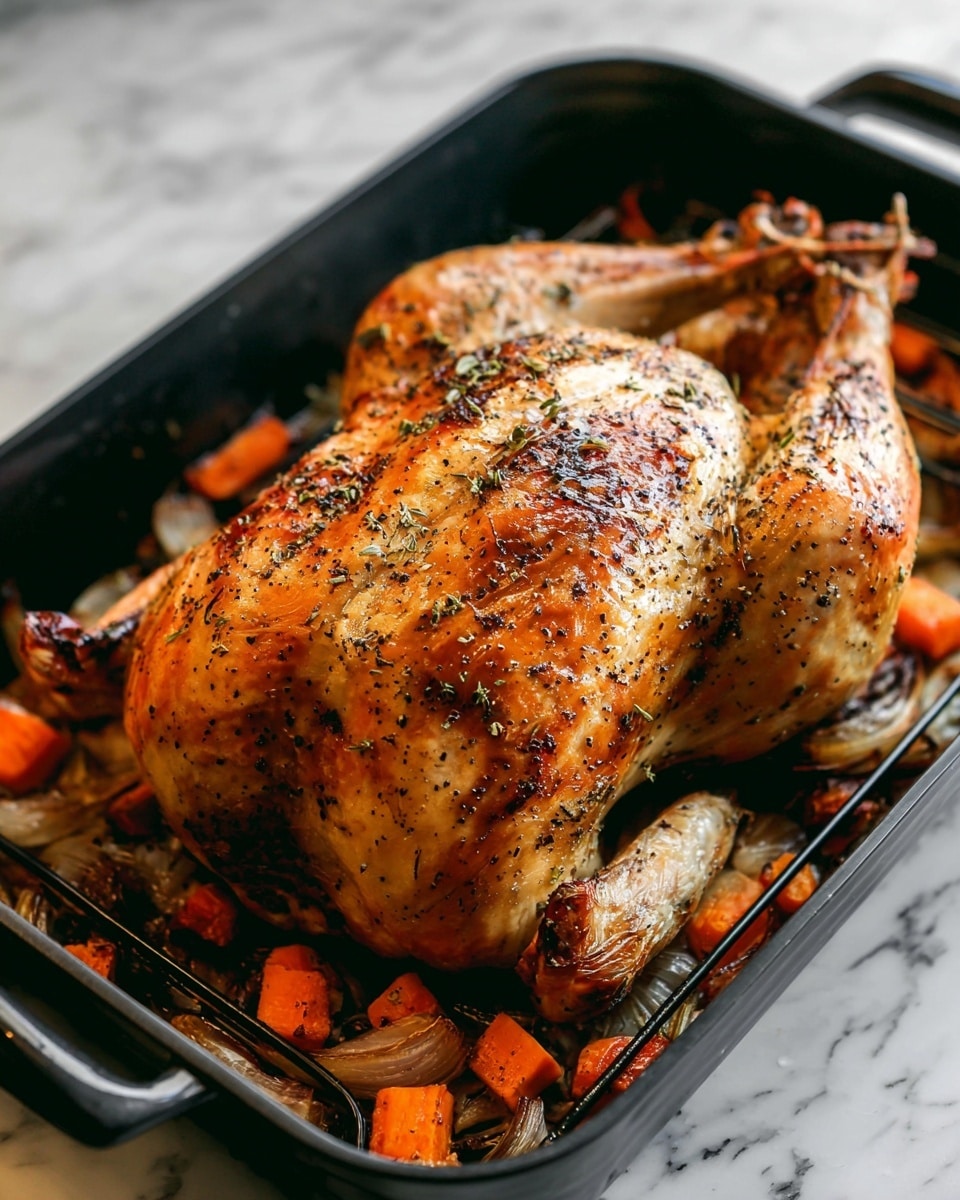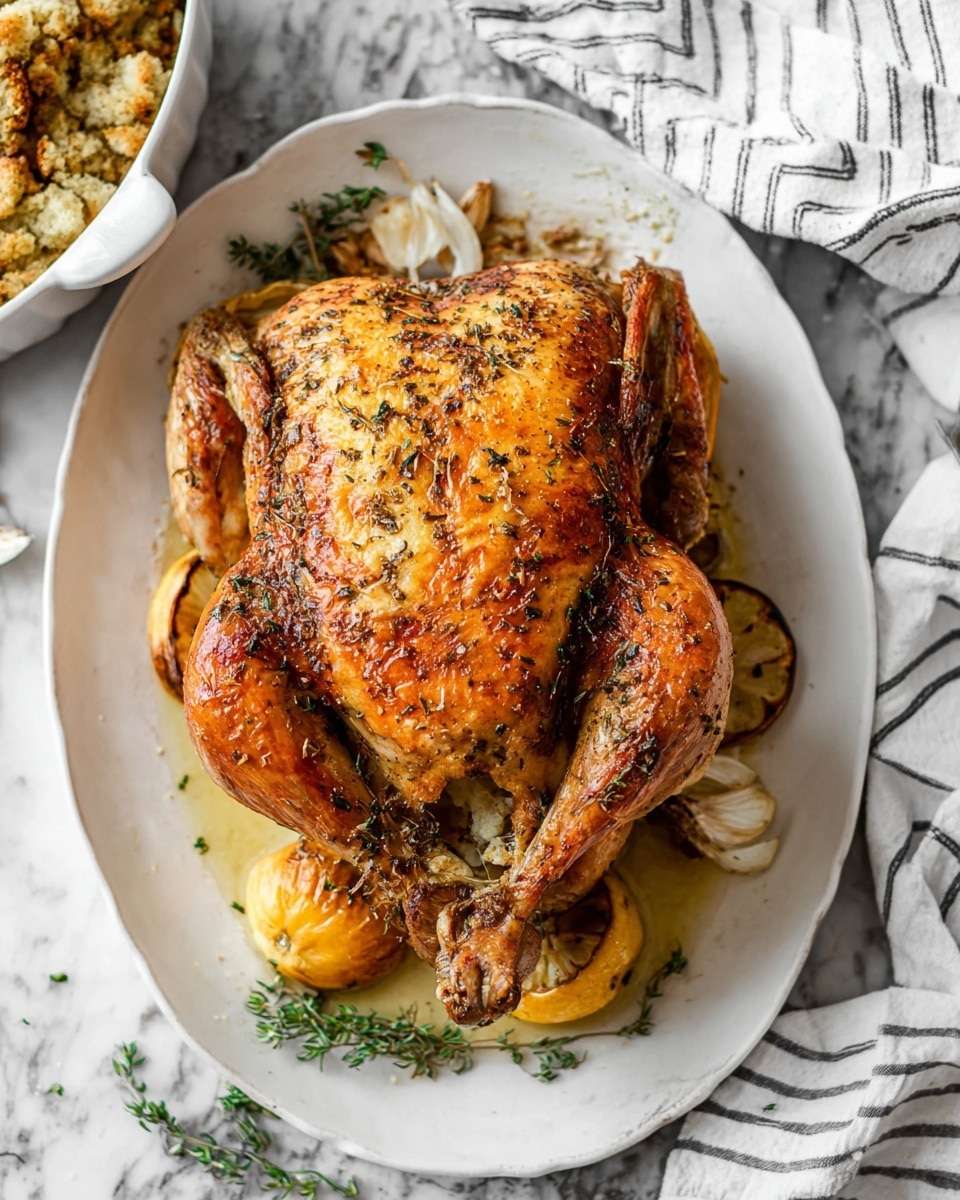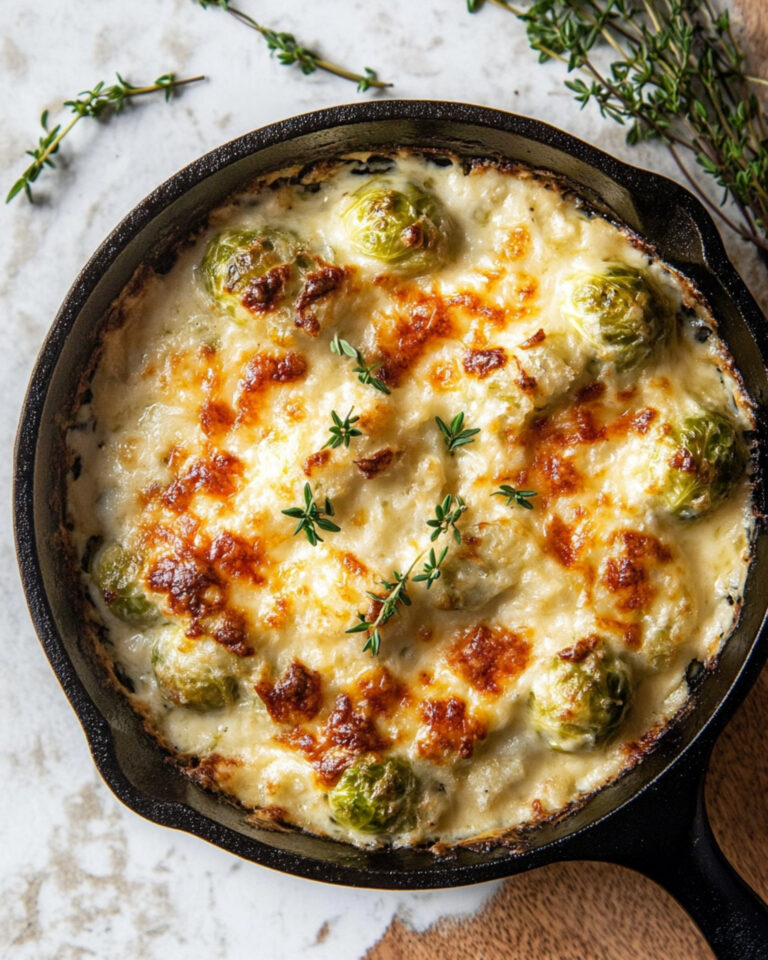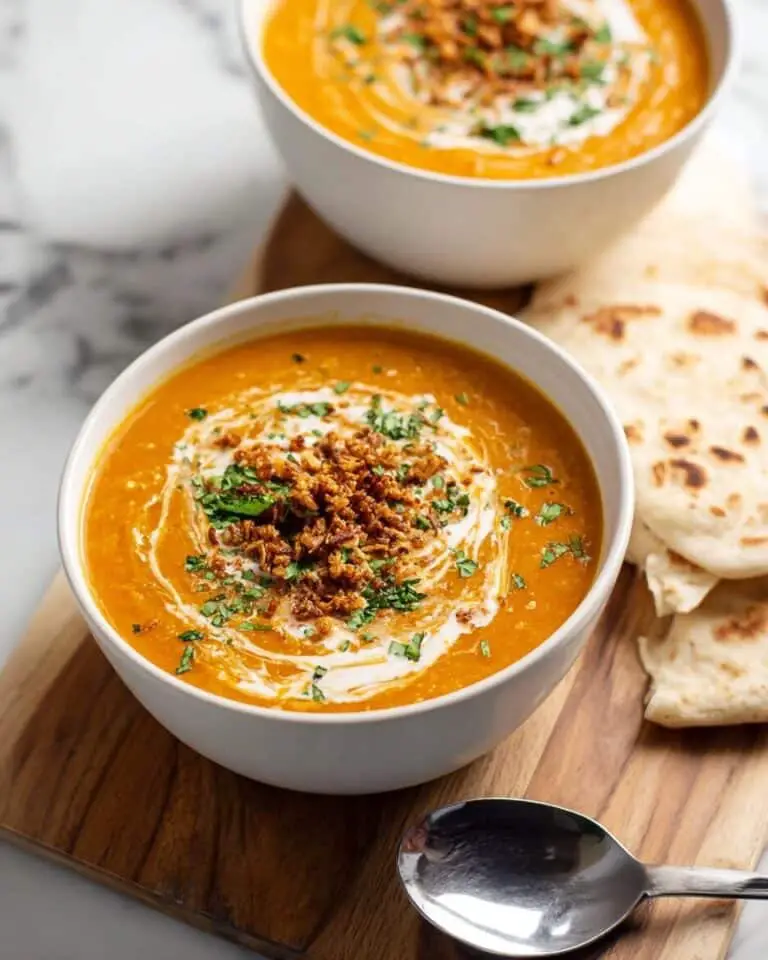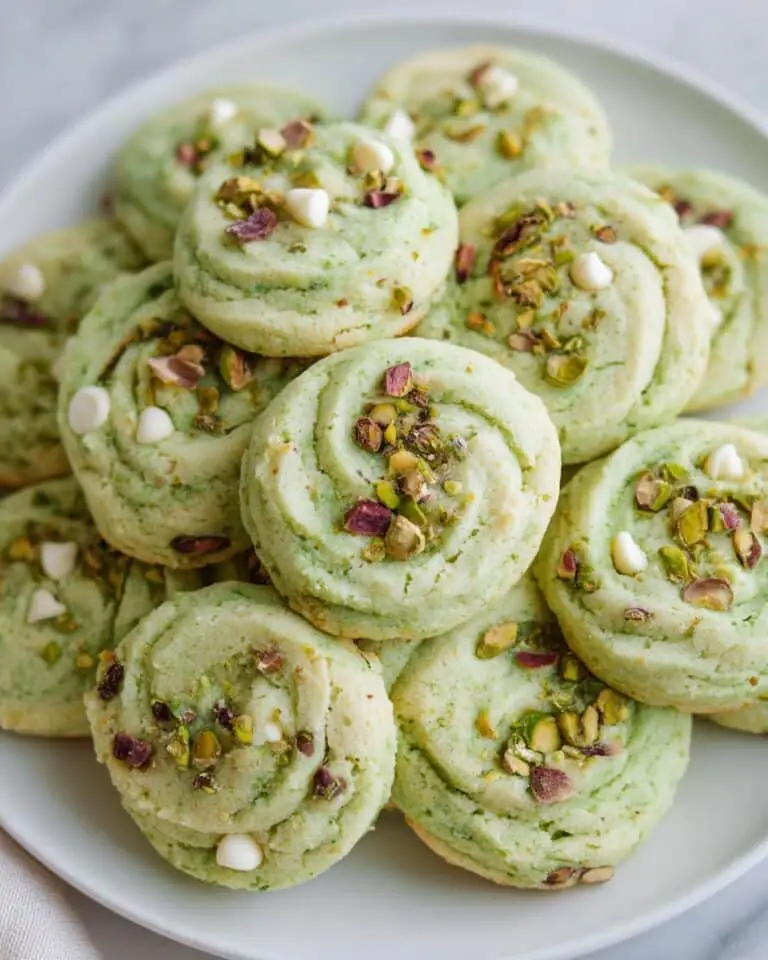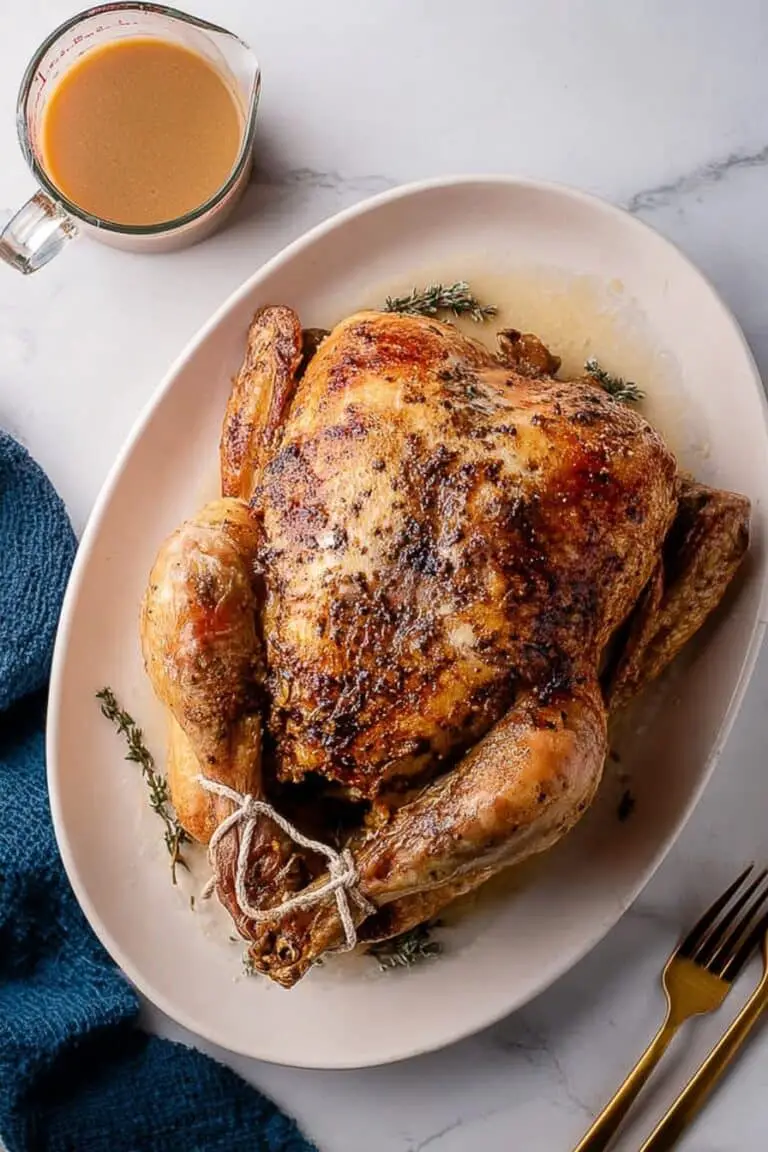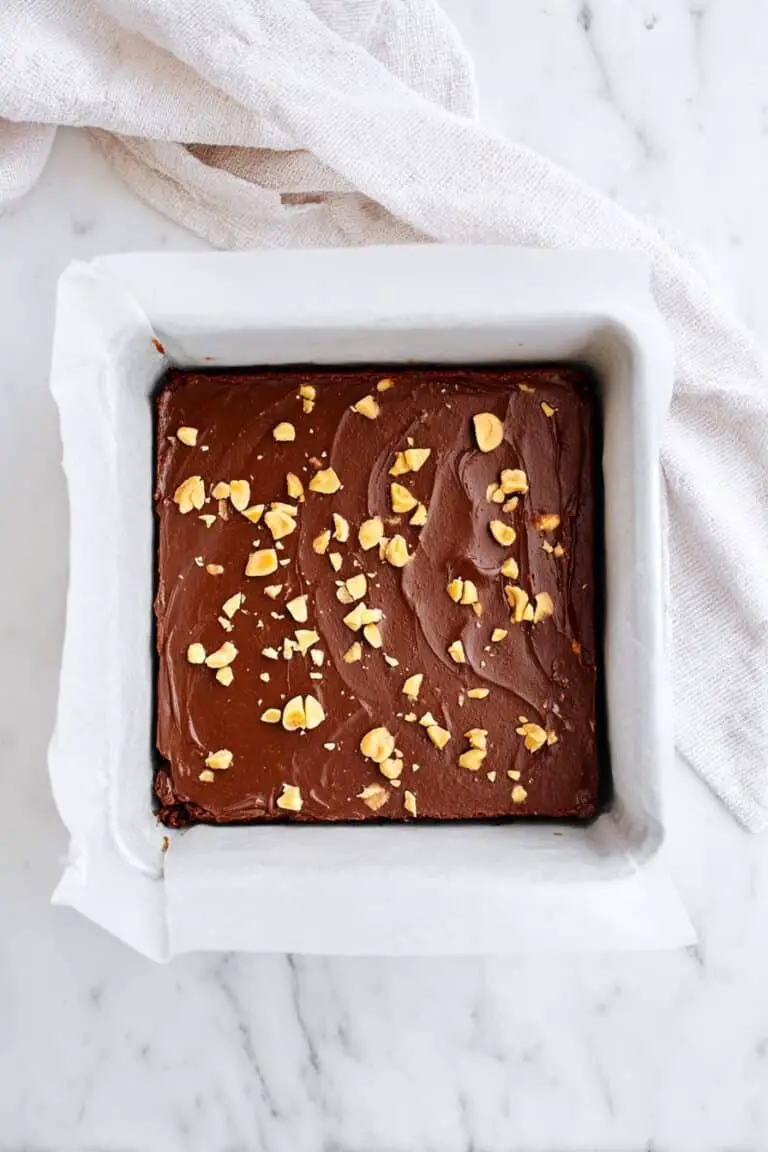If you’re searching for a show-stopping centerpiece that will have your guests asking for seconds, I’m thrilled to share my Thanksgiving Roast Turkey with Aromatics and Wine Recipe with you. This recipe has become my go-to because it infuses the turkey with bright, fresh flavors from aromatic vegetables and herbs, all while roasting beautifully with a splash of white wine. Trust me, once you try this method, your Thanksgiving turkey will never be the same again.
Why You’ll Love This Recipe
- Flavor Magic: The combination of fresh aromatics and wine elevates the turkey’s natural juices for a juicy, mouthwatering finish.
- Simple but Sophisticated: You don’t need a ton of fancy ingredients or complicated steps to impress everyone at your table.
- Crispy Skin Every Time: Letting the turkey skin dry out in the fridge is a game-changer for that coveted golden, crackly skin.
- Flexible Timing: Whether you prefer dry or wet brine, this recipe adapts easily to your schedule and turkey size.
Ingredients You’ll Need
These ingredients work harmoniously to create a complex, comforting flavor profile. The aromatics aren’t just for show—they add moisture and subtle layers to each bite, especially when combined with a good quality white wine.
- Turkey: Choose a 14- to 16-pound thawed turkey for perfect roasting; I usually buy fresh from my local butcher to save on thawing time.
- Brine (dry or wet): I’m partial to dry brining since it’s less fuss, but both methods lock in juicy, tender meat.
- Carrots: Fresh and scrubbed, these add a natural sweetness that pairs beautifully with the wine.
- Red apples: No need to peel—these bring brightness and a hint of tartness to the roast.
- Yellow onion: Adds depth and savory umami notes to balance the sweeter aromatics.
- Lemon: Zesty and refreshing, it cuts through the rich flavors for a perfect balance.
- Garlic head: Roasting garlic whole softens its bite and adds mellow sweetness.
- Fresh thyme: This herb is a little powerhouse, infusing every part of the bird with earthiness and complexity.
- Unsalted butter: Melted and brushed on top, it helps crisp the skin and adds a buttery richness.
- Freshly ground black pepper: For seasoning and a gentle kick of heat.
- Dry white wine: Sauvignon Blanc or Pinot Grigio are my favorites—they add acidity and aromatic flavor to the pan juices.
Variations
I love making this recipe my own depending on the season or what my family prefers. Feel free to swap in your favorite herbs or fruits to make it truly yours—the fundamentals stay the same and the turkey always shines.
- Herb Swap: Once I tried rosemary and sage instead of thyme and loved how it gave the bird a deeper, woodsy note perfect for fall evenings.
- Fruit Choices: Using pears instead of apples creates a more delicate sweetness that pairs well if you like your turkey subtler.
- Wine Alternatives: If you’re not a wine drinker, try using apple cider or a mix of broth and a splash of vinegar for acidity—it still adds wonderful depth.
- Dietary Modifications: Switch to olive oil instead of butter for a dairy-free version and season generously for flavor.
How to Make Thanksgiving Roast Turkey with Aromatics and Wine Recipe
Step 1: Brine Your Turkey for Maximum Juiciness
I can’t stress enough how much brining elevates the turkey’s moistness and flavor. If you can, plan ahead and start your dry or wet brine 1 to 3 days in advance. When I first tried dry brining, I was surprised how easy it was—just salt and a bit of time make a world of difference. Remember to remove the neck and giblets before this step.
Step 2: Let the Skin Dry Out in Your Fridge
Whether you wet or dry brined, this drying-out step is crucial for crispy skin. Place your turkey uncovered in the fridge for several hours or overnight. You’ll notice the skin becomes translucent—that’s exactly what you want for that perfect crunch. I discovered this trick after struggling with soggy skin for years!
Step 3: Prepare Aromatics and Stuff the Turkey
Chop carrots, apples, onion, and lemon into large chunks—no peeling necessary—and cut the garlic head into halves. Stuff about half the aromatics and thyme sprigs into the turkey cavity, and scatter the rest under the bird in the roasting pan. This layering adds incredible flavor to the drippings, which you’ll use for gravy or sauces later on.
Step 4: Truss, Butter, and Season
Next, tuck the wings under the turkey and tie the legs together snugly—it helps the turkey cook evenly. Then brush the entire bird generously with melted unsalted butter and season with plenty of freshly ground black pepper. This butter bath not only helps the skin brown but also seals in moisture.
Step 5: Roast High Then Slow with Wine Bath
Pop your turkey in the preheated 450°F oven for 45 minutes—it gets that skin crisp and golden. Then lower the temperature to 325°F, pour in a full bottle of dry white wine around the bird (leave room to prevent spills), and roast gently until cooked through. This wine bath is what makes the drippings so special and adds a tender aroma to the meat. Use a meat thermometer to check the thickest part of the thigh—aim for 160°F for perfect doneness.
Step 6: Rest, Carve, and Celebrate
Once done, transfer your turkey to a cutting board and let it rest for 20 to 30 minutes. The rest keeps juices locked in, making every bite tender and flavorful. I always cover loosely with foil and use this time to prepare gravy from the pan juices. When you carve, expect admiration and compliments—you nailed it!
Pro Tips for Making Thanksgiving Roast Turkey with Aromatics and Wine Recipe
- Dry Brining Convenience: Dry brine your turkey the night before for incredible flavor with minimal prep—it’s a true lifesaver on busy days.
- Room Temperature Trick: Let your turkey come to room temperature before roasting to ensure even cooking; this helped me get rid of undercooked spots.
- Thermometer Placement: Insert your meat thermometer in the thickest part of the thigh but avoid bone to get an accurate reading every time.
- Mess-Free Roasting Rack: If you don’t have a roasting rack, make your own with foil twists—I found it reliable and easy to clean up!
How to Serve Thanksgiving Roast Turkey with Aromatics and Wine Recipe
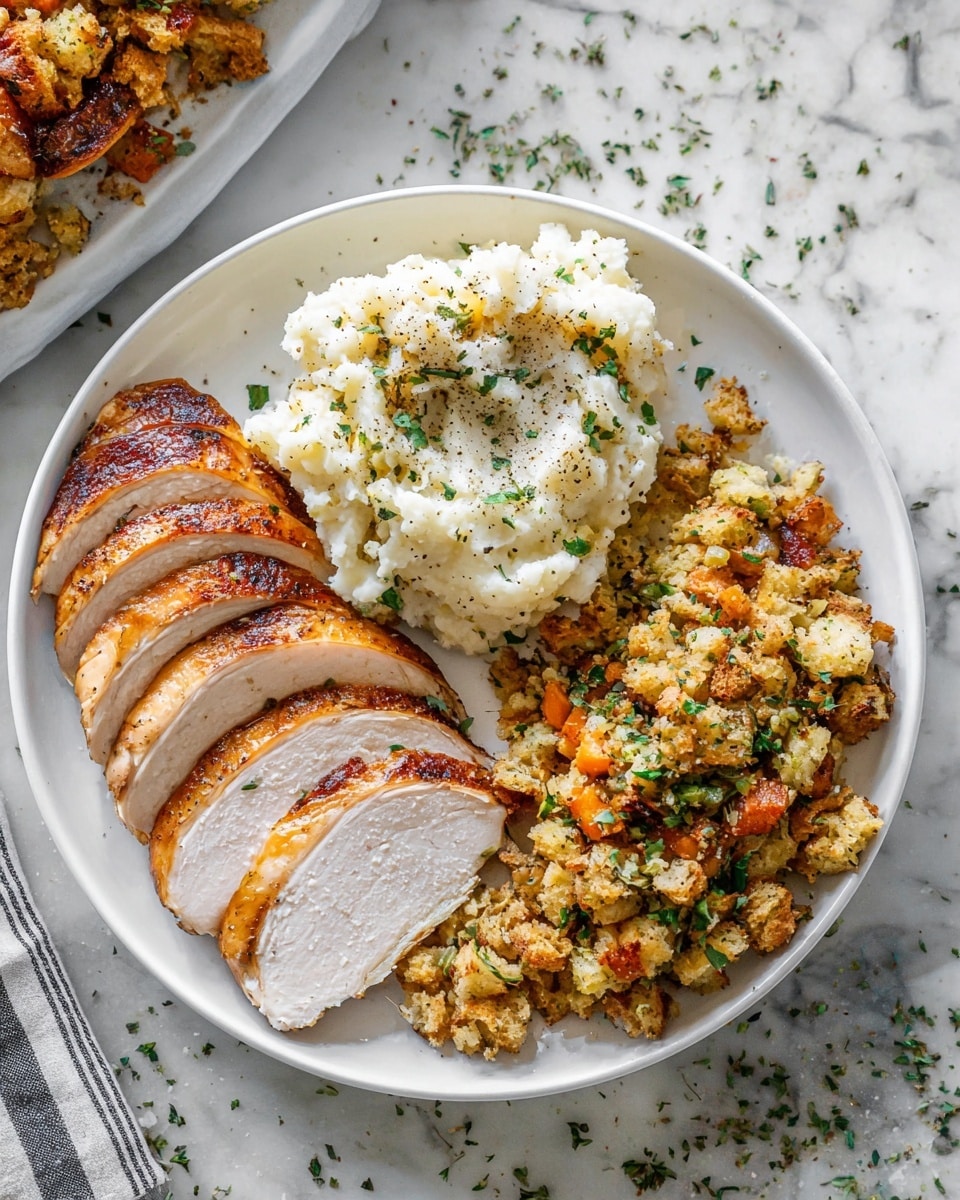
Garnishes
I love to garnish the finished turkey with fresh thyme sprigs and thin lemon slices—it brightens the plate and hints at the flavors inside. Sometimes, I also scatter a few roasted apple chunks on the serving platter for a charming touch.
Side Dishes
My family goes crazy for classic sides like creamy mashed potatoes, homemade cranberry sauce, and green bean almondine. Roasted Brussels sprouts tossed with balsamic glaze are another favorite that complements the turkey’s aroma and richness perfectly.
Creative Ways to Present
For a festive touch, I’ve arranged my carved turkey slices on a wooden board surrounded by colorful roasted vegetables and fresh herbs. Another fun idea is serving individual portions inside mini cast iron skillets, perfect for an intimate holiday gathering.
Make Ahead and Storage
Storing Leftovers
After the feast, I store leftover turkey in airtight containers in the fridge for up to four days. To keep it moist, I drizzle some pan juices over the meat before sealing—this little trick keeps the turkey juicy and flavorful every time.
Freezing
I’ve frozen leftover turkey successfully by sealing it well in freezer-safe containers or bags for up to three months. Just remember to thaw it overnight in the fridge before reheating to keep texture and taste intact.
Reheating
When I reheat, I wrap the turkey slices in foil with a splash of broth or pan drippings, then warm them gently in a 300°F oven. This method prevents dryness and refreshes the meat beautifully, just like when freshly carved.
FAQs
-
Can I use a different size turkey for this Thanksgiving Roast Turkey with Aromatics and Wine Recipe?
Absolutely! For turkeys smaller or larger than 14 to 16 pounds, adjust the roasting time accordingly—generally about 10 to 12 minutes per pound at 325°F. If you start with the high heat method, subtract or add time based on size to avoid overcooking. Always use a meat thermometer for the most accurate results.
-
Should I choose wet brine or dry brine for the turkey?
Both work wonderfully, and it depends on your schedule and preference. Wet brining typically yields a slightly juicier bird but requires more space and time. Dry brining is easier and still produces excellent flavor and moisture. I personally use dry brine most of the time because it’s hands-off and just as delicious.
-
Can I substitute the wine with something else?
If you prefer not to use wine, try dry apple cider, chicken broth with a splash of vinegar, or even water with lemon juice. These substitutions help keep the turkey moist and add a subtle depth of flavor to the pan drippings.
-
How do I ensure the turkey skin gets crispy?
Drying the turkey uncovered in the fridge for several hours or overnight is the secret. This step allows moisture on the skin to evaporate, which helps it brown and crisp during roasting. Also, roasting first at a high temperature really locks this in!
Final Thoughts
This Thanksgiving Roast Turkey with Aromatics and Wine Recipe has truly become a treasured tradition in my home. I love how it transforms an ordinary turkey into a juicy, flavorful masterpiece with minimal fuss. When you try it yourself, you’ll feel that same pride and joy watching your guests savor every bite. So go ahead—embrace this recipe like a friend’s kitchen secret, and enjoy a Thanksgiving filled with delicious memories!
Print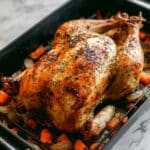
Thanksgiving Roast Turkey with Aromatics and Wine Recipe
- Prep Time: 20 minutes
- Cook Time: 2 hours 15 minutes
- Total Time: 3 hours 30 minutes
- Yield: 10 to 12 servings
- Category: Main Course
- Method: Roasting
- Cuisine: American
Description
This Thanksgiving Turkey recipe delivers a perfectly roasted, juicy bird with crispy skin achieved through a smart combination of brining, drying, and roasting at high and then moderate temperatures. Flavorful aromatics and fresh herbs infuse the meat while a splash of white wine in the pan adds subtle brightness. This classic method ensures a beautiful centerpiece for holiday celebrations.
Ingredients
Turkey and Preparation
- 1 14- to 16-pound turkey, thawed
- 1 brine (dry brine or wet turkey brine recipe)
- 4 tablespoons (1/2 stick) unsalted butter, melted
- Freshly ground black pepper, to taste
- 1 bottle dry white wine (such as Sauvignon Blanc or Pinot Grigio)
Aromatics
- 3 medium carrots, scrubbed
- 2 red apples
- 1 large yellow onion
- 1 lemon
- 1 head garlic
- 8 sprigs fresh thyme
Instructions
- 1 to 3 days Before Roasting: Brine the Turkey
Remove the neck and giblets from the turkey and discard or reserve for gravy. Brine the turkey using either a wet or dry brine method. For wet brine, soak for 12 to 24 hours; for dry brine, season and refrigerate for 24 to 48 hours, ensuring better moisture retention and flavor. - 1 Day Before or Morning of Roasting – Dry the Skin
If using a wet brine, rinse the turkey thoroughly and pat dry with paper towels. Place the turkey on a rimmed baking sheet or shallow pan and refrigerate uncovered to let the skin dry out, which helps achieve crispiness. For dry brine, simply uncover and return to the refrigerator. The skin will become somewhat translucent as it dries. - 1 Hour Before Roasting – Bring to Room Temperature
Remove the turkey from the refrigerator and let it sit at room temperature to ensure even cooking. Confirm the plastic leg attachments have been removed. - 30 Minutes Before Roasting – Preheat Oven
Place the oven rack in the lowest position and preheat the oven to 450°F (232°C) for at least 20 to 30 minutes to ensure it’s very hot before roasting. - Prepare Aromatics
Cut large carrots in half lengthwise then into 1-inch pieces. Quarter the apples, onion, and lemon into eighths without peeling or coring. Cut the head of garlic in half crosswise and break each half into four large pieces; peeling is not necessary. - Stuff the Turkey
Fill the turkey cavity with all the thyme and half each of the carrots, apples, onion, lemon, and garlic. Scatter the remaining half of these aromatics in the bottom of a large roasting pan. - Tie, Butter, and Season
Tuck the turkey wings underneath the body to keep them compact. Tie the legs snugly together with kitchen twine or foil. Place a rack inside the roasting pan, then set the turkey on the rack. Brush the entire bird with melted butter and sprinkle generously with freshly ground black pepper. - Add Wine and Start Roasting
Pour the bottle of dry white wine into the roasting pan without filling past two inches from the top. Roast the turkey at 450°F for 45 minutes to begin crisping the skin and developing color. - Reduce Oven Temperature and Continue Roasting
Lower the oven temperature to 325°F (163°C). Insert a meat thermometer into the thickest part of the thigh, avoiding the bone. Roast for an additional 1 to 1 ½ hours until thigh temperature reaches between 160°F and 180°F, and the breast reads between 155°F and 165°F. Tent the breast with foil if it darkens too quickly to avoid overcooking. - Rest the Turkey
Transfer the turkey to a cutting board and cover loosely. Rest for 20 to 30 minutes to allow juices to redistribute, ensuring moist meat. - Carve and Serve
Carve the turkey and serve with pan juices or gravy. Enjoy the fruits of your labor and impress your guests!
Notes
- Thawing: Allow 24 hours of refrigeration thaw time for every 5 pounds of turkey. For quicker thawing, submerge in cold water and change water every 30 minutes (around 8 hours for 15 pounds).
- Cooking Times: Adjust roasting time by about 10 to 12 minutes per pound at 325°F. Subtract 15 minutes per pound if under 14 pounds; add 10 minutes per pound if over 16 pounds.
- Brine Choice: Dry brine is easier and almost as effective; wet brine yields slightly juicier meat but requires more preparation.
- Storage: Refrigerate cooked turkey in an airtight container for up to 4 days; drizzle with pan juices before storing to retain moisture.
- Reheating: Wrap turkey in foil with drippings and warm in a 300°F oven.
- Freezing: Freeze leftovers in airtight containers for up to 3 months; thaw overnight in the refrigerator before reheating.
Nutrition
- Serving Size: 1 serving (approx. 6 oz cooked turkey meat with butter)
- Calories: 360
- Sugar: 2 g
- Sodium: 180 mg
- Fat: 22 g
- Saturated Fat: 7 g
- Unsaturated Fat: 13 g
- Trans Fat: 0 g
- Carbohydrates: 3 g
- Fiber: 1 g
- Protein: 38 g
- Cholesterol: 115 mg

